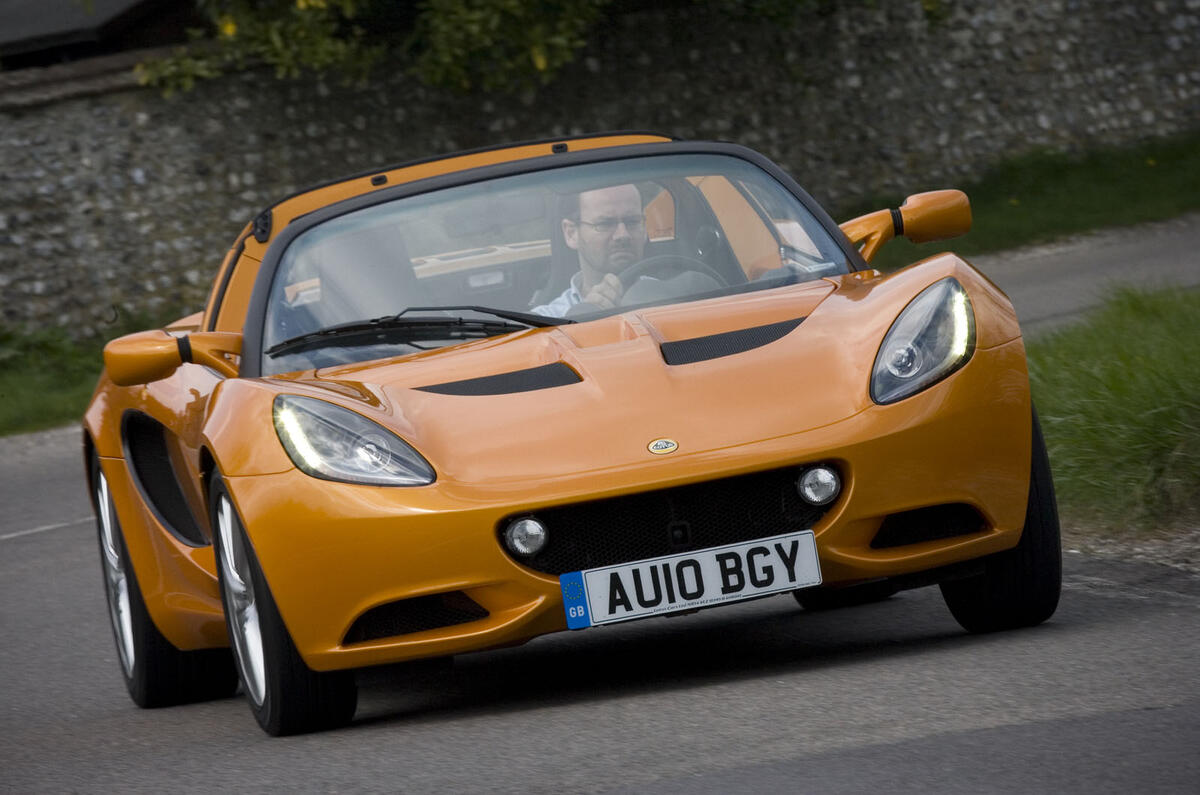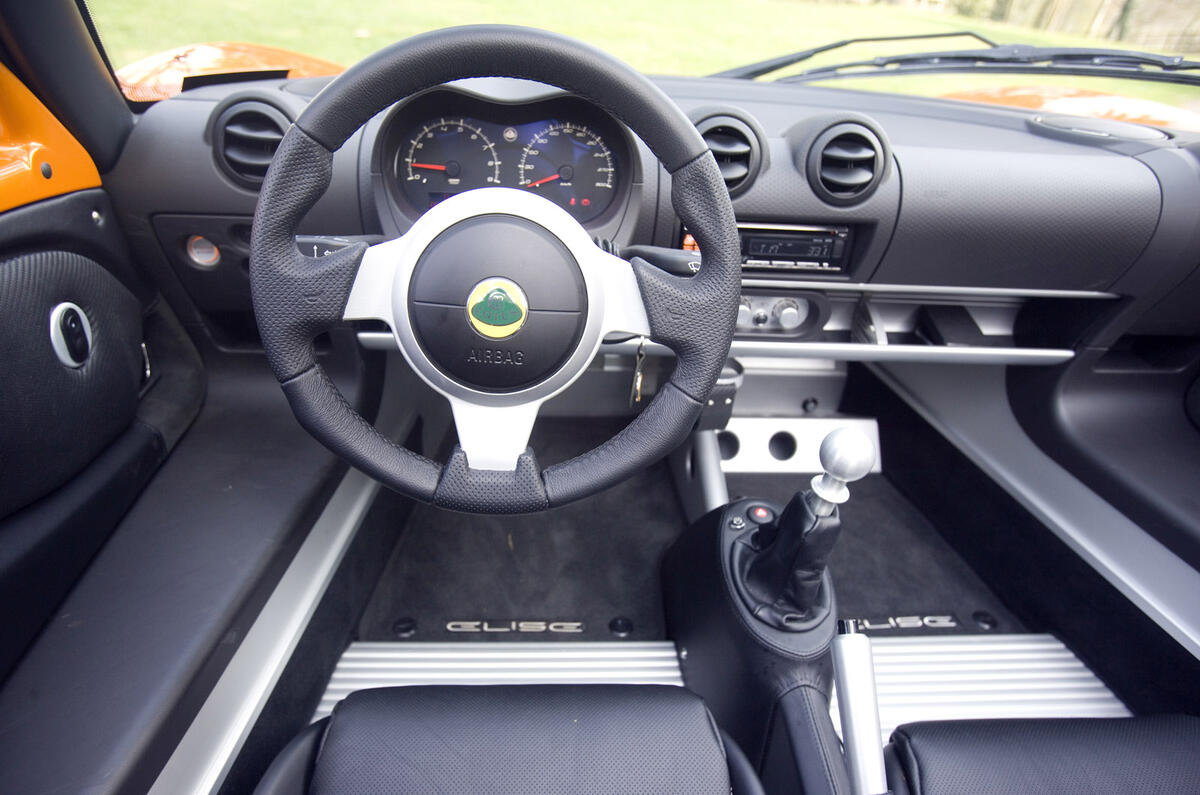What is it?
Changes afoot at Lotus. A new top man. New bods all over the shop, come to think of it. And now the first changed product under the new regime – the 2010 Elise.
Step forward Matt Becker, who now works exclusively for Lotus Cars rather than Lotus Engineering, and has been put in charge of whole vehicle validation. In short that means he's responsible for everything about the way Lotuses drive and feel. All of which seems entirely sensible to me.
“We did a three or four week programme to improve the ride and handling,” he says. “But in the end we we kept coming back to the same setting; which is as it was before.”
So, some things don't change. Fine by me. The old Elise S – which Autocar wasn't alone in thinking was the pick of the Elise range – drove as well as any small sports car.
What’s it like?
There's a point where sports cars are just too fast and too grippy to enjoy exploiting on the road. The base Elise had just the right gap between its abilities and that point.
It's a gap that hasn't reduced with the 2010 model. Different now is that the 'S' moniker has been dropped (the base Elise is now just 'Elise'), as has the 1.8-litre Toyota-sourced 1ZZ engine, replaced by another British-built Toyota unit, a 1.6-litre 1ZR unit, developing (more or less) the same 134bhp.
The engine is a tad taller, so a new rear deck joins some other subtle styling modifications that also drop drag by four percent and that, along with the new engine's efficiency, and a leggier six-speed gearbox than the old five-speeder, means that economy and emissions are the sort you'd find on a petrol supermini – 45mpg on the combined cycle and 149g/km. About the same as a 1.4-litre Peugeot 207.
The virtues of an 876kg kerbweight keep on giving, too. Zero to 60mph takes six seconds dead.
To access its full performance potential, you do have to work the newest Elise harder than ever before. Peak power arrives at 6800rpm, past peak torque of 118lb ft at 4400. Still, it's a sports car, so putting the effort in is kinda the point I suppose.
You'll be working it in a lower gear than you might think, too. Fourth on the six-speed unit is where you'd not have been surprised to find fifth/top not so long ago. Less than 4000rpm at 70mph in top wouldn't have felt out of place when the Elise was introduced 14 years ago, yet today there are still two gears to go.
What's more of a pleasure than ever before in an Elise is, finally, the process of changing gears. The lever still flops about a bit in each gear and the console it's attached too wobbles a little if you shake it, but it has been stiffened and lower-friction cables have been used.
The shift quality still can't match that of, say, a Hyundai i10 (not much does), but swapping cogs in an Elise is, for the first time in my memory, something approaching enjoyable. Clutch take-up and the engine's response is smooth, too, as is its willingness to attain and hold high revs.
That ride and handling? Still wonderful, of course. Nothing else rides so well yet is so agile and willing. Nothing touches the deliciousness of the Elise's unassisted steering, either.


























Join the debate
Add your comment
Re: Lotus Elise 1.6
looks like a california, unsurprusing given Lotus' new design chief
Re: Lotus Elise 1.6
It's called a motorbike.
But yes. It's positively weird that, for most of the time, a car driver is perfectly happy to transport several seat-shaped things (OK, seats) in his or her car for absolutely no reason whatsoever, thus increasing the weight of the car for no reason whatsoever, thus increasing fuel consumption for no reason whatsoever.
Re: Lotus Elise 1.6
Not exactly what Lotus want too here, but i agree with you.